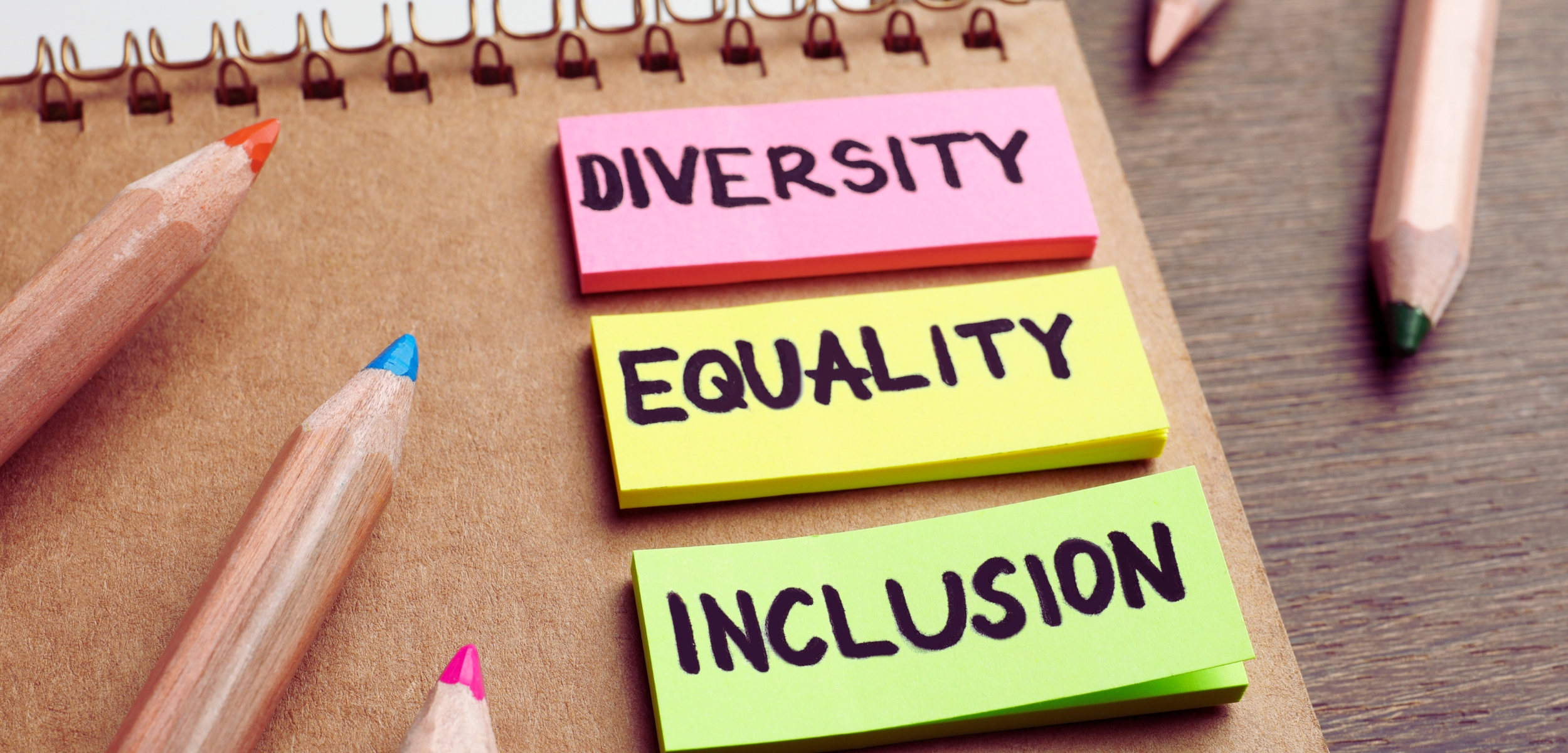Equality is a basic principle in health and social care, shaping the way individuals receive support and treatment. When it is present, it ensures that everyone has access to the same high-quality care, regardless of their background or circumstances.
Equality is more than simply a theory in the health and social care sectors; it is important to encourage an atmosphere where justice, respect, and dignity are valued. However, what does equality in this field actually mean? In this blog, we will examine its significance and practical applications.

What Does Equality Mean in Health and Social Care?
Equality in health and social care means treating everyone fairly and making sure all people can get the care and support they need, no matter who they are or where they come from. It is about understanding each person’s needs and removing anything that might stop them from getting proper care. Equality does not mean treating everyone exactly the same but instead providing care that considers personal differences and enables equal opportunities to achieve the best possible health outcomes.
The Importance of Equality in Health and Social Care
Providing respectful and personalised care through equality in health and social care leads to improved health outcomes. Moreover, it reduces bias, builds trust between patients and providers, and strengthens communities by ensuring better access to the care needed by all. Without equality, some groups may fall through the cracks or experience worse outcomes, which only exacerbates disparities. Therefore, prioritising equality is essential in creating a fairer and more just system for everyone.
How to Promote Equality in Health and Social Care
To ensure fairness and inclusivity, specific steps can be taken to promote equality in health and social care:
Understand Where Equality Comes From
Equality stems from recognising that everyone has inherent worth and should be treated with respect and dignity. Health and social care providers should embrace this principle as a foundation for their work, ensuring all actions and decisions align with the values of fairness and inclusivity.
Identify the Barriers to Equality
Barriers to equality can take many forms, including:
- Physical Barriers: Lack of accessibility for individuals with disabilities.
- Cultural Barriers: Misunderstandings or biases about cultural practices.
- Systemic Inequalities: Unequal distribution of resources or opportunities.
By identifying these barriers, organisations can develop targeted solutions to address them effectively.
Implement an Equality and Diversity Policy
The clear regulations guiding care providers serve as a basis for training employees about equality principles, so enabling equality. Refresher courses, which are frequently and repeatedly offered with assessments or challenges, also serve to reinforce knowledge and guarantee that staff members remain current on the laws pertaining to equality and diversity. In turn, this keeps staff members updated on any modifications to equality practices and helps to maintain high standards of care.
Remove the Bias
Bias, both conscious and unconscious, can result in unfair treatment. Training programs offer an opportunity for staff to identify and confront their biases, promoting actions that are fair and inclusive. By promoting self-awareness and providing practical tools, these programs empower staff to make more informed, unbiased decisions in their care practices.
Why is it Helpful to Promote Equality?
Where there is equality, individuals will feel valued and recognised; this bolsters happiness and confidence in services, ranging from social to health services. Besides, efforts put into reducing inequalities automatically reduce health gaps and, consequently, enhance general well-being within society.
For providers, promoting equality fosters a positive reputation and ensures compliance with legal and ethical standards. It also contributes to a more harmonious and productive work environment.
What are Equal Opportunities in Health and Social Care?
Equal opportunities mean ensuring that everyone has the same chances to access high-quality care and services. It means removing barriers that could prevent any person from seeking necessary help: Equal opportunities include, but are not limited to, considerations for access, respect for cultural diversity, and individual preference.
For instance, equal opportunities could involve providing interpreters for non-native speakers or offering home visits for individuals unable to travel to health centres.
What are the Protected Characteristics?
Certain traits that are protected by equality laws to avoid discrimination are known as protected qualities. To maintain equity and inclusivity in health and social care, it is critical to recognise and value these traits.
- Religious Beliefs: Individuals have the right to practice their religion or belief without discrimination. Providers should accommodate dietary restrictions, prayer times, or other religious practices where possible.
- Disability: Equality includes equal access to services and support provided in a way that meets the needs of individuals with disabilities. This involves care planning, assistive technology, and physical access.
- Age: Age-related prejudices and stereotypes shouldn’t affect care. People of all ages should get the same standard of care that is tailored to their individual requirements.
- Race: Providers must recognise and respect cultural and racial diversity, ensuring that care is free from prejudice and discrimination. Language support and culturally appropriate services are examples of promoting equality in this area.

What Legislation Covers Equality in Health and Social Care?
Equality is protected by law under the Equality Act 2010, which ensures that individuals using health and social care services are treated fairly and without bias. Specifically, it protects nine characteristics from discrimination, including disability, age, marriage or civil partnership, pregnancy, race, religion, sex, gender reassignment, and sexual orientation. As a result, this law helps promote equality and prevent discrimination in care settings.
Examples of Inequality in Health and Social Care Environments
While efforts to promote equality have made progress, inequalities persist in some areas. Examples include:
- Unequal Treatment: Patients from minority ethnic backgrounds might face longer wait times or receive lower-quality care.
- Accessibility Issues: Individuals with disabilities may encounter challenges accessing facilities or information.
- Age Discrimination: Elderly patients might not receive certain treatments due to assumptions about their age.
Conclusion
There is more to equality in health and social care than simply avoiding prejudice. To make sure that everyone has access to the assistance they need, it is important to identify and meet their unique needs. Therefore, by understanding the fundamentals of equality, recognising obstacles, and putting inclusive practices into action, providers can establish a system that honours and values each and every person.
Moreover, health and social care workers must prioritise promoting equality because it benefits people, organisations, and society at large.




